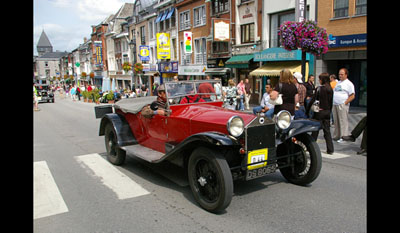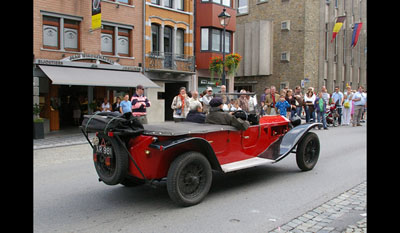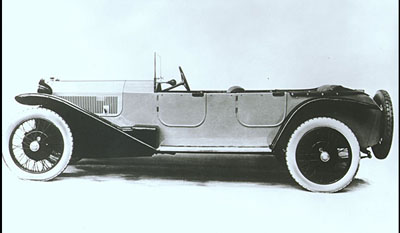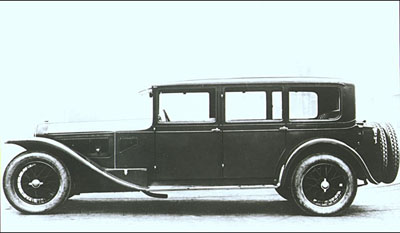|
|
|
Lancia Lambda 1922-1931
The Lancia Lamda produced in the 1920s is considered as a classic and revolutionary vehicle. It is the first automobile with a self-supporting body structure replacing the conventional chassis and body combination. The car is light with a low centre of gravity. The engine is a very narrow V4 (13°6’) with a single overhead camshaft commanding all the valves. The camshaft is driven by a set of gears. Engine capacity is 2.119 cc in 1922 producing 49 hp at 3.250 rpm and moving to 2.568 cc in 1928 for 69 hp at 3.500 rpm.
In total 13.000 units were produced between 1922 and 1931 and corresponds to 9 evolutions of the base model designated from Serie 1 to Serie 9.
The Lancia Lambda also innovates with a new independent front suspension by hydraulic shock absorbers and concentric vertical coil springs. The rear suspension is a conventional rigid axle with semi elliptic leaf springs.
Different body styles were proposed from open cabriolet to torpedo and luxury phaeton. The body integrates for the first time a luggage space at the rear. Over its evolution the wheelbase changed from 3.100 mm ( 122 in.) to 3.420 mm (134,6 in.) while corresponding overall length evolved from 4.660 mm (183,5 in.) to 4.973 mm (195,8 in.). Width varies between 1.640 mm (64,5 mm) and 1.670 mm (65,8 in.) while typical height is 1.700 mm (66,9 mm). Unladden weight is from 925 kg (2.039 lb.) to 1.316 kg ( 2.901 lb.) with fully loaded values from 1.600 kg (3.527 lb.) to 1850 kg ( 4.078 lb.) . Claimed top speed is quoted at 113 (70 mph) to 120 kph (75 mph). |
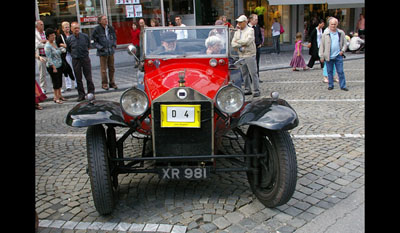 |
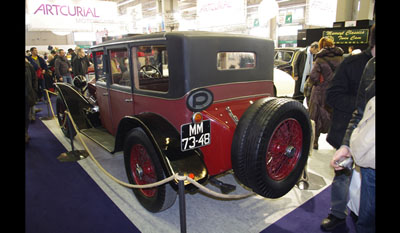 |
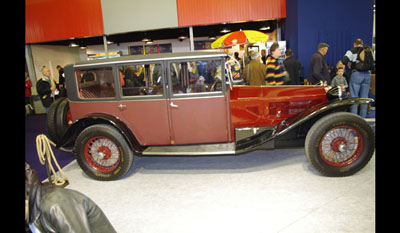 |
The Lancia Lambda remains a milestone in automobile engineering and can be considered the first modern car with monocoque body without separate chassis and with independent front suspension.
Wallpapers: Lancia Lambda 1922-1931 (click on image to enlarge)
|
|








